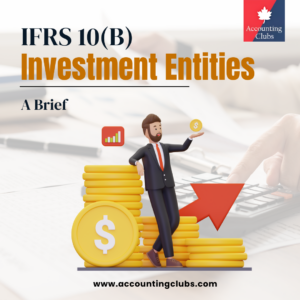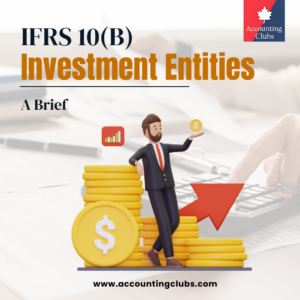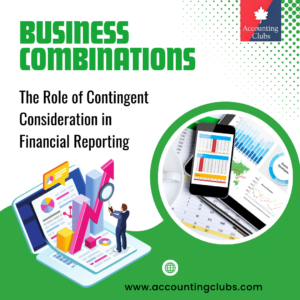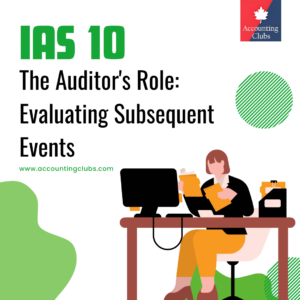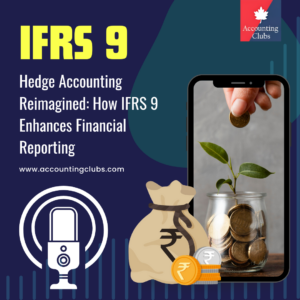Chapter 7: Notional purchase price allocation
An investor undertakes a ‘notional’ purchase price allocation, identifying and valuing assets and liabilities of the associate or joint venture, as if it had acquired a business.
These fair value adjustments are not recorded separately, because the investment itself is a single line item. However, the fair values identified form the basis for additional depreciation, amortisation and similar adjustments that are reflected in the investor’s share of the results in subsequent years.
Adjustments in the notional purchase price allocation include assets not recognised by the associate or joint venture (such as internally developed intangible assets, reserves of natural resources and similar assets).
Adjustments might also be made to recognise the fair value of assets carried by the investee at cost (such as property, plant and equipment) and to recognise liabilities at appropriate values.
Use of provisional figures on acquisition of an associate IAS 28 does not specifically address what to do if only provisional figures are available on the acquisition of an associate or a joint venture.
Under IFRS 3, where a subsidiary is acquired, a one-year period is allowed for the fair values used in the acquisition accounting to be finalised, and provisional figures can be used at a reporting period end.
Where an entity acquires an associate or a joint venture, it might be necessary to use provisional figures if there are valid reasons why the information used to complete the accounting for the acquisition is not final at the balance sheet date.
Adjustments as part of post-acquisition accounting 1. Assets of associate
An entity might impair the associate’s or the joint venture’s property, plant and equipment on acquisition, as part of the fair value exercise. Any subsequent impairment losses recognised by the associate or the joint venture would need to be reversed.
2. Pre-acquisition goodwill of associate
The investee’s assets used in calculating the goodwill arising on acquisition should not include any goodwill carried in the associate’s or joint venture’s balance sheet.
Similarly, as part of the fair value exercise, an acquirer only recognises separately an intangible asset of the acquiree at the acquisition date if it meets the definition of an intangible asset as defined in IFRS.
The goodwill in the associate’s or joint venture’s books would not be an identifiable asset, and it would be ignored for the purpose of determining the goodwill arising on the acquisition of the associate or joint venture.
Any goodwill impairment loss subsequently recognised by the associate or joint venture in its books would be added back when equity accounting the profits of the associate or joint venture, because the associate’s or joint venture’s goodwill is not an identifiable asset in the purchase price allocation.
There would be an impairment trigger at the entity level, so the total carrying value of the associate would be tested for impairment.
Pre-acquisition goodwill impairment loss recognised by associate If an entity has a 25% interest in an investee, and the investee’s profit for the period is C100 (after recognising a goodwill impairment loss of C20), the entity’s share of the investee’s profit for the period would be C30 (that is, 25% of C120).
Any share of goodwill impairment loss recognised by an investee should be excluded from the entity’s share of the investee’s profit or loss for the period.
The entity tests for impairment, under IAS 36, the entire carrying amount of its investment in the investee (including goodwill arising on the acquisition of the investee), by comparing the investment’s recoverable amount with its carrying amount whenever there is an indication that the investment might be impaired.
The notional goodwill that arises in the notional purchase price allocation is not amortised, and separate disclosure of it is not required. It is not required to be separately tested for impairment, nor does it trigger an annual impairment test, because it is included in the carrying amount of the associate or the joint venture and not shown as a separate asset.
The application of equity accounting follows many of the principles for a business combination and for consolidation of subsidiaries. Equity accounting adjustments are similar to those required for the preparation of consolidated financial statements.
Treatment of post-acquisition goodwill arising from associate’s subsidiaries An entity has a 25% interest in an associate that it acquired some years ago. At that time, the associate had a subsidiary (S1), and the associate’s consolidated financial statements contained goodwill. In the current financial year, the associate acquired another subsidiary (S2), and goodwill was generated on acquisition.
The goodwill on acquisition of S1 in the associate’s books, when the entity acquires the associate, is not an identifiable asset, and it is subsumed into the investing entity’s goodwill arising on the acquisition of the associate.
On the acquisition of S2, the goodwill arising in the associate’s books is not the entity’s goodwill, and it should be included in the share of net assets of the associate attributable to the entity. There is no separate disclosure of this goodwill, whether it arises on the acquisition of the associate itself or on subsequent acquisitions by the associate.

